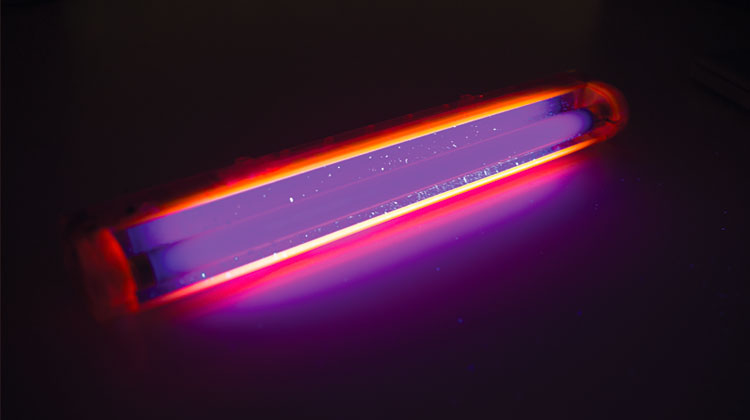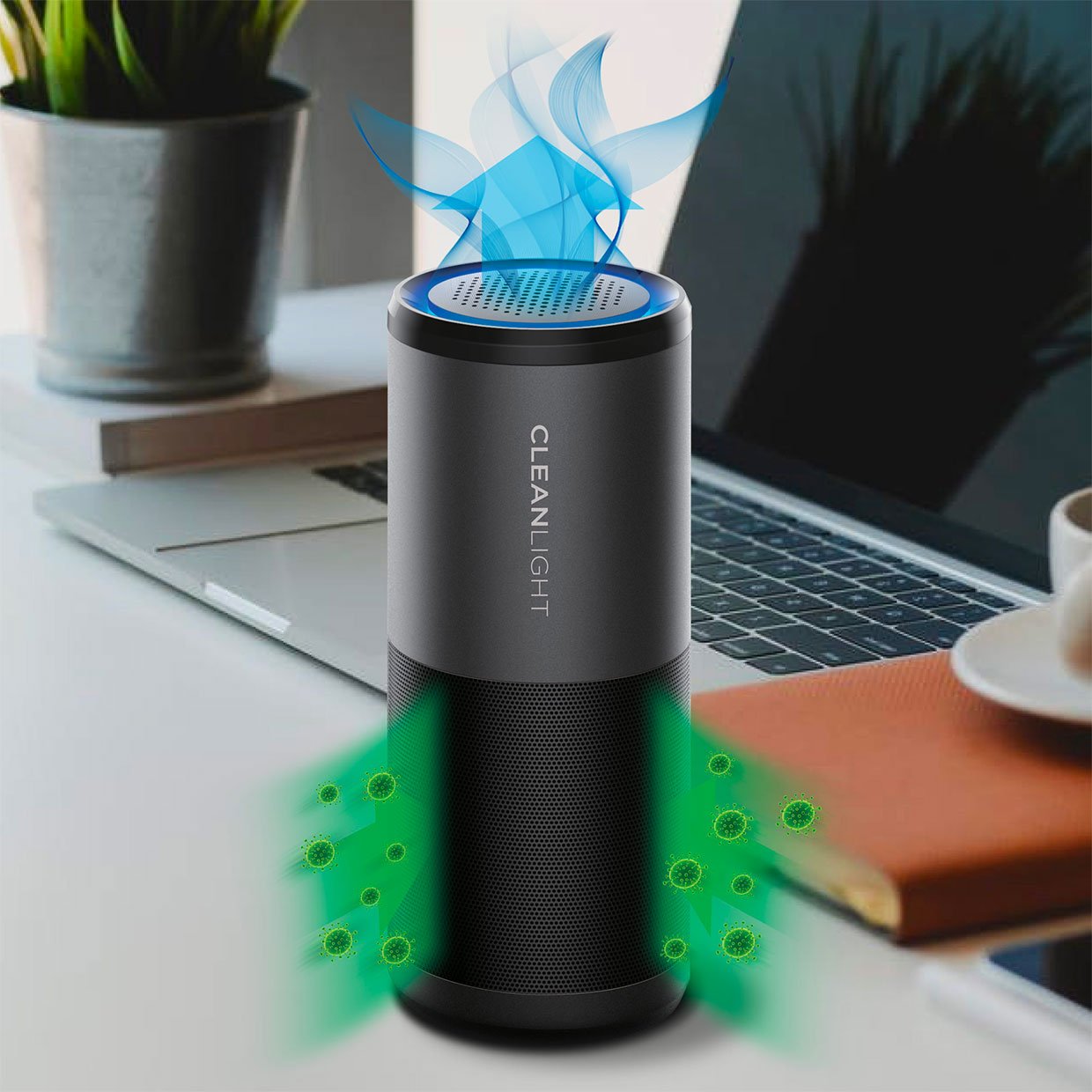
Blacklight and black light blue lamps come in two core types: Fluorescent and Mercury Vapor. These lights don’t produce the fluorescence that BLB does, so make sure that the UV lamp you’re buying is dark in appearance and tagged with “BLB” if you require that effect.

This is due to an insect’s ability to see UV light, attracting them. The Black Light you use for fun posters or to examine currency is a UV-A band light. So, near UV AND near IR (ultraviolet and infrared) light are considered black light. Technically, any light just outside our eyes’ perception is called black light. Blacklight on the other hand ironically produces a bluer colour than Black Light Blue and is often used in bug zappers and insect traps. Popularly, UV light is what is referred to as black light. These lights often use a filter material. This effect can be useful in a wide variety of applications, including medicine, forensics, detection of counterfeit money, and of course for decorative purposes in nightclubs. UVA: Longwave ultraviolet light, most commonly known as blacklight or blacklight blue in the lighting industry. While not bright, BLB triggers a fluorescence in other colours, causing them to glow. The actual wavelength of black lights or UV bulbs that operates in the UV range is 280-410nm usually narrowed to 368-371 nm wavelength light. Known as Woods glass, these appear almost black when unlit, filtering out most visible light. Black Light Blue shines as violet, purple colour, made due to the filter material of the bulb’s glass. The most recognisable form of UV lighting, Blacklight and Blacklight Blue (BL and BLB) can be distinguished by the color they emit. The shorter the wavelength, the more dangerous it is for humans – because while the earth’s atmosphere protects us from all but the long wave UV light, some lamps are made to produce a type that is extremely harmful to the eyes and skin, and shouldn’t be used unless by a professional. To better understand the difference, it’s essential to know what each of the terms means. So in other words, black light is UV light (450-100nm), covering the 400-320nm spectrum. Black light is nothing but UVA light, while UV light is basically composed out of UVA, UVB and UVC. As ultraviolet light is on a spectrum, it has levels of intensity based off its wavelength. In a nutshell, there isn’t quite a difference, but a misunderstanding of the terms. The most important thing to understand when buying UV lamps is the differentiation between UV subtypes. Invisible to the human eye, UV travels on a wavelength between visible light and x-rays.

UV is light radiation produced by the sun, and you may know of it due to classic Australian ads that talk of its dangers to our skin.

As these lights are used in many unrelated industries and applications, with many variables in their output, we’ve created a one-stop guide for helping you identify the best UV Lamp for you. UV Black Light Products need a UV black light source to fluoresce - glow. Ultraviolet Lamps encompass a range of lights that produce Ultraviolet light. The main differences between glow in the dark, and UV Black Light Products are UV Black Light Products have a consistent glow, but glow in the dark products start off with a strong glow effect and their glow intensity diminishes over time.


 0 kommentar(er)
0 kommentar(er)
